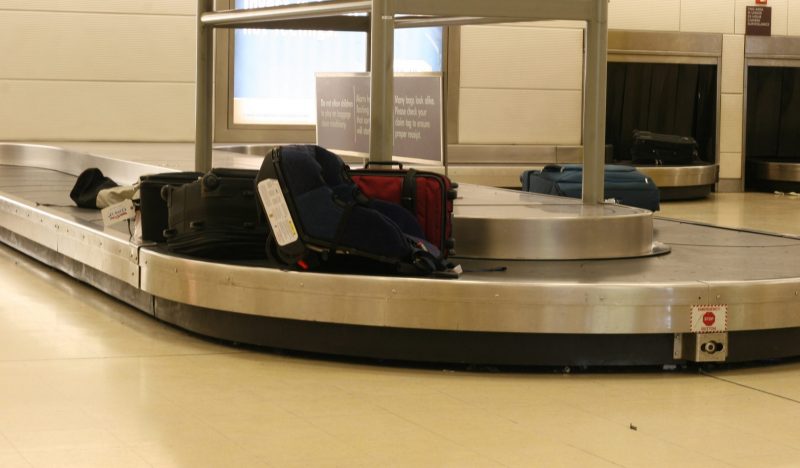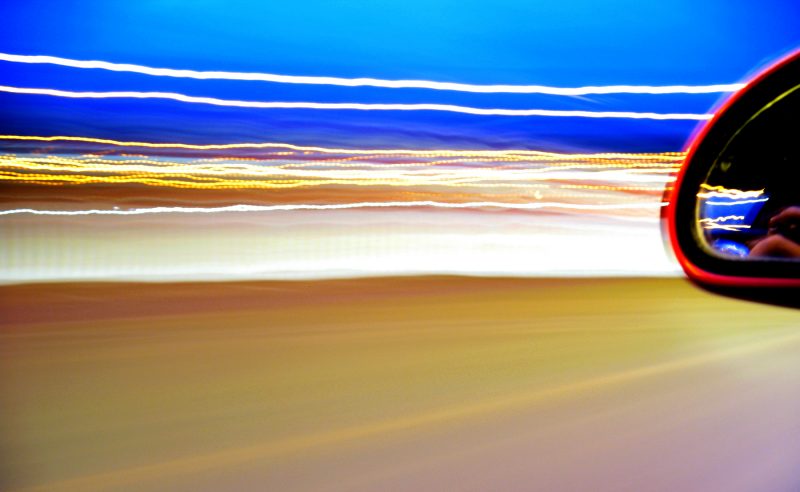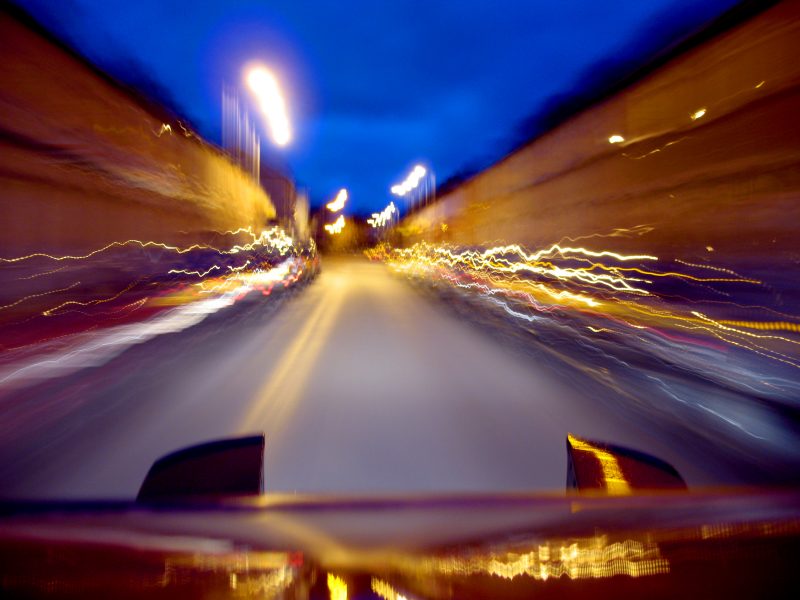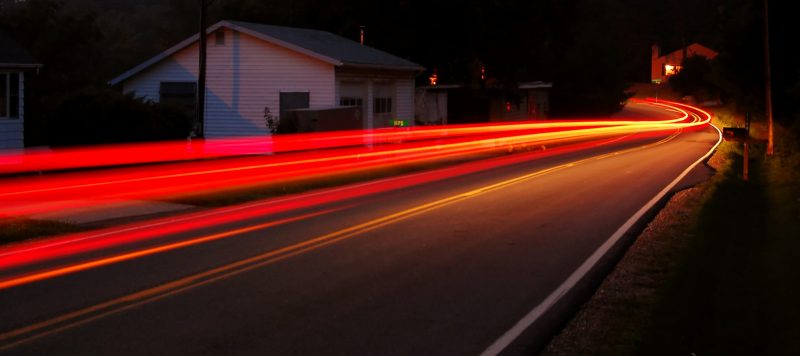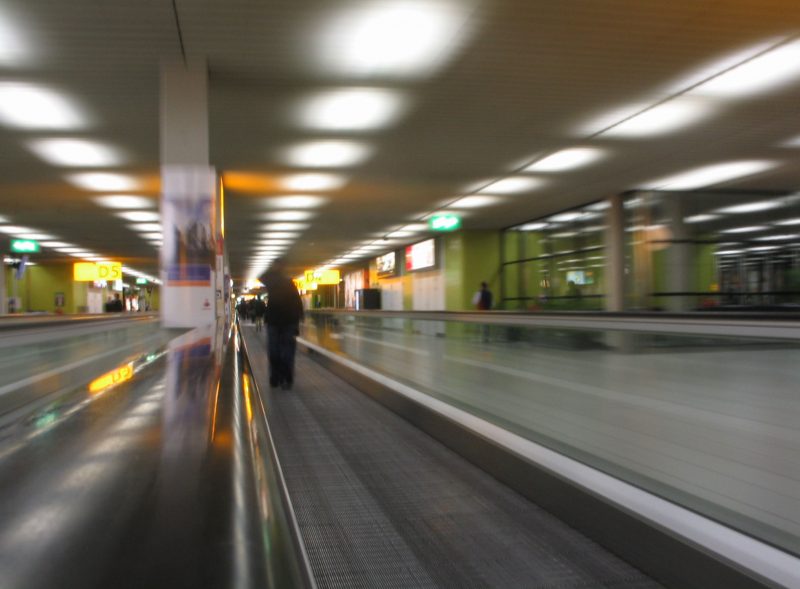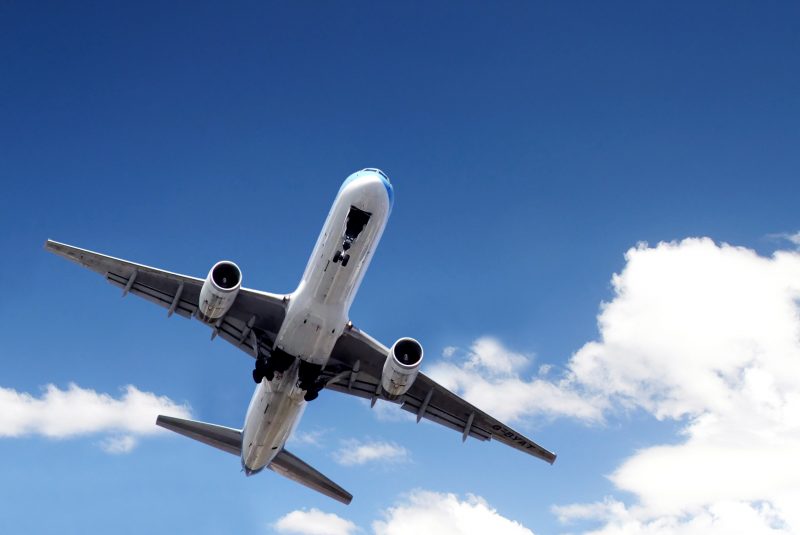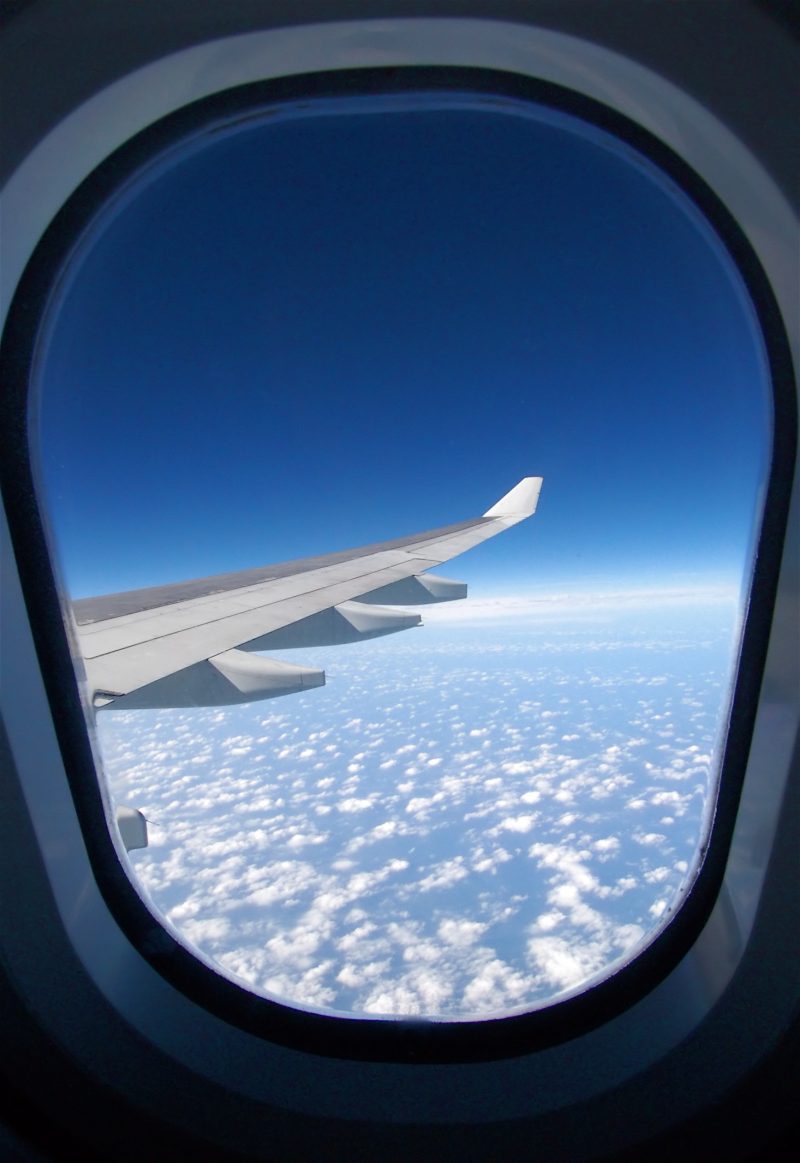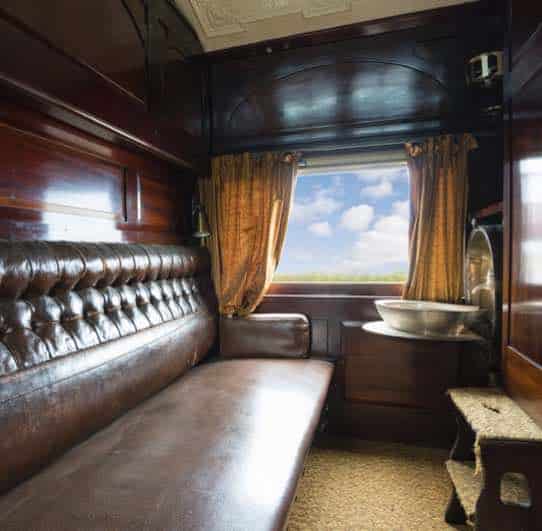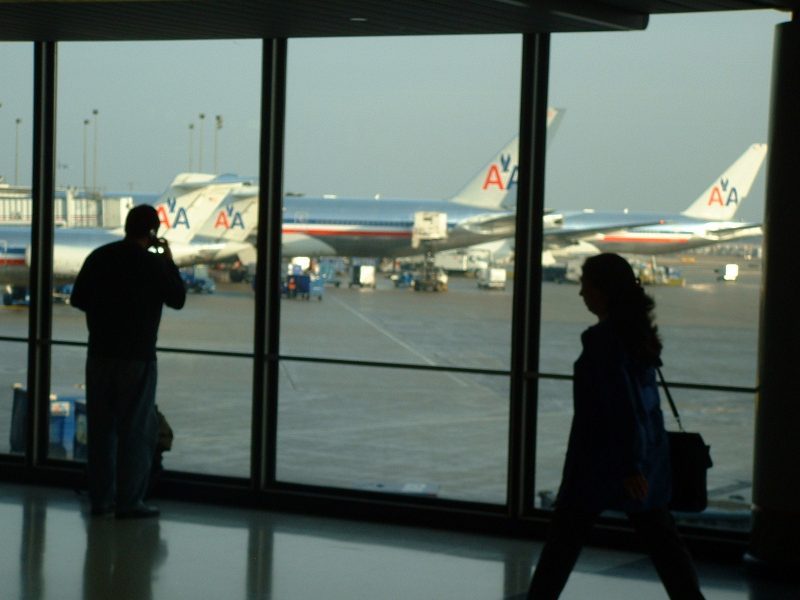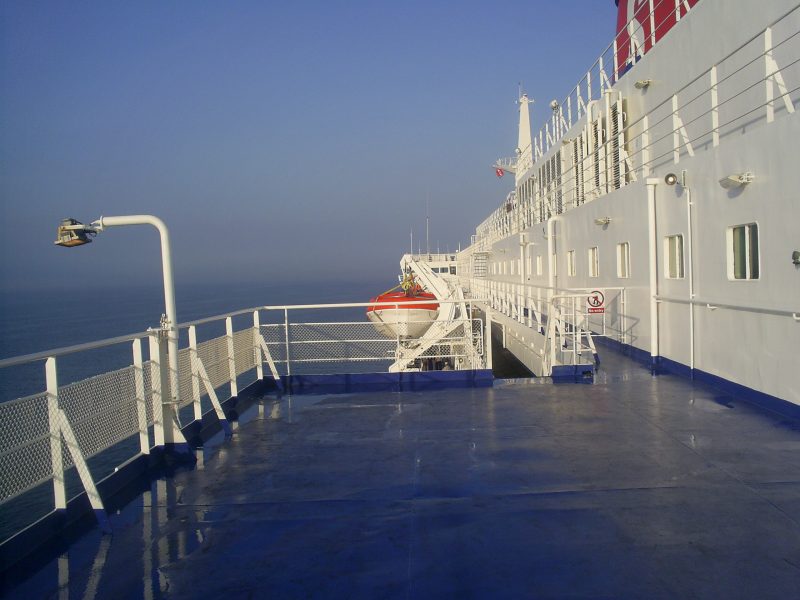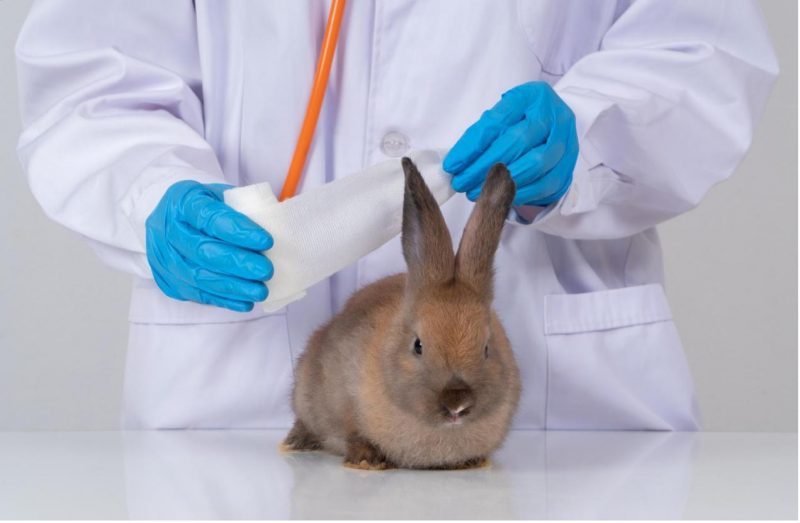-
Traveling for work can be both exciting and challenging. While it opens up opportunities for professional development, it also comes with risks, particularly concerning health and safety. Understanding how to navigate workers compensation while traveling is essential for protecting your rights and ensuring you receive the many benefits you deserve.
-
Traveling is exciting and filled with new experiences, beautiful landscapes, and cherished memories. However, the most frustrating issue is lost luggage. When your bags do not arrive, it can throw your trip into disarray. In such situations, the need to hire the services of a certified compensation professional becomes crucial.
-
Traveling in America can be an adventurous, filled with new experiences and breathtaking sights. However, remember that the trip can also present challenges, including the risk of passport theft. Losing your passport not only disrupts your travel plans but can also expose you to identity theft and other serious issues.
-
Traveling can be one of life’s most enriching experiences, offering a chance to explore cultures, cuisines, and landscapes. However, amidst the excitement of discovering new destinations, unforeseen circumstances can arise, particularly concerning health emergencies. In such situations, accessing emergency room services in a foreign country can be challenging and stressful.
-
Traveling offers the chance to explore new cultures, indulge in cuisines, and create unforgettable memories. However, the excitement of planning a trip can be overshadowed by unforeseen circumstances, legal complexities, and potential disputes that may arise during your travels. This is where the expertise of a travel attorney becomes invaluable.
-
Traveling abroad can be an enriching experience filled with delight, adventure, new cultures, and unforgettable memories. However, accidents and unforeseen incidents can occur, leading to personal injury. When faced with such situations in a foreign country, knowing how to find the best lawyer for personal injury becomes crucial and essential.
-
Traveling abroad opens up a world of experiences, but it can also present unexpected challenges. Accidents can happen. If you find yourself in such a situation, having legal support is crucial. This article will show you what to look for when searching online the best car accident lawyers near me.
-
Traveling abroad can be an exhilarating experience, opening doors to new cultures, breathtaking landscapes, and unforgettable memories. However, the travel can quickly turn into a nightmare if an accident occurs. Having the right legal representation is crucial during a vehicle collision, a slip and fall, or a more serious incident.
-
Traveling is arguably one of life’s great pleasures, but it often comes with its own set of challenges. Whether you’re navigating international laws, dealing with unexpected cancellations, or facing legal issues abroad, having the right legal support is crucial. This is where a travel lawyer can make a significant difference.
-
When planning a trip, ensuring adequate health and travel coverage is crucial for a worry-free experience. Many travelers find themselves asking if their health insurance provider, such as BlueCross BlueShield, offers travel insurance. This article delves into the travel insurance offerings of BlueCross BlueShield, helping you understand your insurance options.
-
Renting a car at the airport can be a convenient way to explore a destination, but it comes with an array of insurance options. Understanding how to navigate them while keeping costs low is essential for savvy travelers. This article delves into strategies to secure cheap insurance for airport rent-a-car.
-
When it comes to car rental services, Avis stands out as a brand with a history of providing transportation solutions for travellers around the globe. Whether you are renting a car for a business trip or event, understanding the ins and outs of Avis car renting can enhance your experience.
-
When planning a trip, securing the best flight options is a top priority for travelers. Expedia flight tickets are among the most popular choices, given the platform’s user-friendly interface and extensive flight options. However, as travel plans can be unpredictable, many travelers wonder if Expedia flight tickets include travel insurance.
-
In the ever-evolving landscape of travel booking, Google Air Fares stands out as a robust tool that simplifies the process of finding and comparing flight prices. As travelers become increasingly aware of the potential risks associated with air travel, one question frequently arises: do Google Air Fares offer travel insurance?
-
Travel by train is an adventure like no other, adventure and luxury combined. Of all the options available Rovos Rail is the epitome of elegance and sophistication in rail travel. Here we explore Rovos Rail, what they offer, the experiences they provide and Rovos Rail prices so you can be informed for your next trip.
-
Travelling is an exhilarating experience, but finding the best flight deals can often be daunting. Google flight tickets has emerged as a powerful tool for savvy travellers seeking to simplify the booking process while maximizing savings. This comprehensive guide will explore everything you need to know about Google flight tickets.
-
In today’s fast-paced world, travel planning can often feel overwhelming, with countless options and price variations making it difficult to find the best deals. Fortunately, services like Costco travel provide an excellent solution for savvy travellers looking for cost-effective cruises, holidays, vacation packages, rental cars, airline tickets, and hotel bookings.
-
Traveling by air has become a vital aspect of our world, offering opportunities for exploration, business, and leisure. Understanding the intricacies of flights can significantly enhance your travel experience, helping you make informed decisions that lead to cost savings and greater convenience. This guide delves into all aspects of flights.
-
Animal testing raises not only ethical concerns but also environmental issues. Lab tests contribute to pollution, as chemicals and animal remains contaminate water and soil if not disposed of properly. Keeping and breeding lab animals also requires a lot of resources, leading to deforestation, land damage, and higher carbon emissions.
-
In an age where travel has become more accessible, finding the best deals on flights, hotels, and car rentals can be overwhelming. This is where skyscanners come into play. Skyscanners are powerful online tools that aggregate travel options from multiple providers, allowing users to compare prices and make informed decisions.


